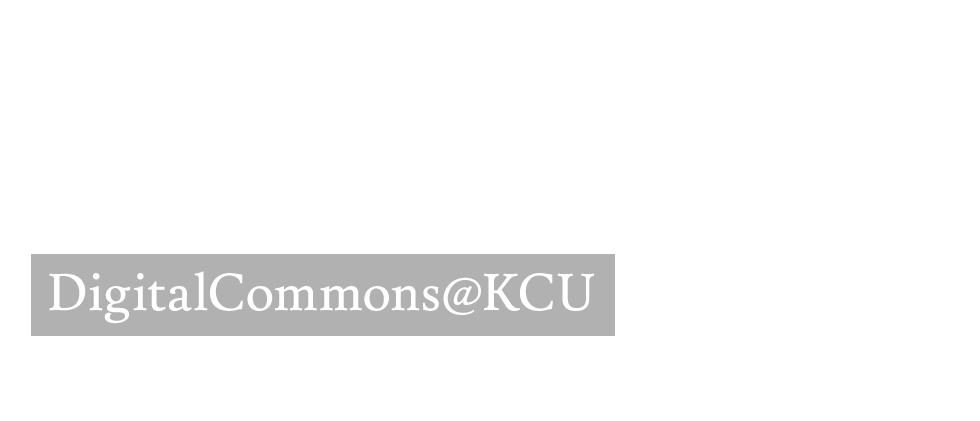Document Type
Article
Publication Title
Journal of Cosmetic Dermatology
Abstract
Background: Exosomes are a nanoscale extracellular vesicles derived from different cell types that have been investigated for various clinical applications, including functioning as biomarkers and use as direct therapeutics. Given the role of exosomes in multiple pathophysiologic pathways and potential practical applications, they have garnered significant interest in the scientific community but much is still unknown about their development and use.
Aims: This literature review covers the background, mechanisms of action, use as biomarkers, methods of application, and direct therapeutic applications of exosomes.
Methods: A literature review on the background and uses of exosomes was conducted. Key articles describing the pathophysiologic pathways and applications of exosomes were summarized and described.
Results: Exosomes impact several cellular pathways which allow them to function as biomarkers for malignancy and inflammatory dermatoses and may make them useful therapeutics for skin rejuvenation, hair loss, and wound repair. Limitations of exosomes include an incomplete understanding of their functions and impacts and a lack of standardization in their production and application.
Conclusions: Exosomes are a unique and novel cellular medium that offer promise as a diagnostic tool and therapy. While there are limitations to the uses of exosomes as well as our current understanding of them, further investigation may yield additional applications and a larger role in medicine for exosomes.
DOI
10.1111/jocd.16769
Publication Date
1-2025
Keywords
biomarkers, cell‐free therapy, clinical applications, dermatology, exosomes, extracellular vesicles, nanovesicles, regenerative medicine, skin diseases, therapeutic strategies
ISSN
1473-2165
Recommended Citation
Schur N, Samman L, Shah M, Dukharan V, Stegura C, Broughton L, Schlesinger T. Exosomes: Historical Evolution and Emerging Roles in Dermatology. Journal of Cosmetic Dermatology. 2025; 24(1). doi: 10.1111/jocd.16769.

